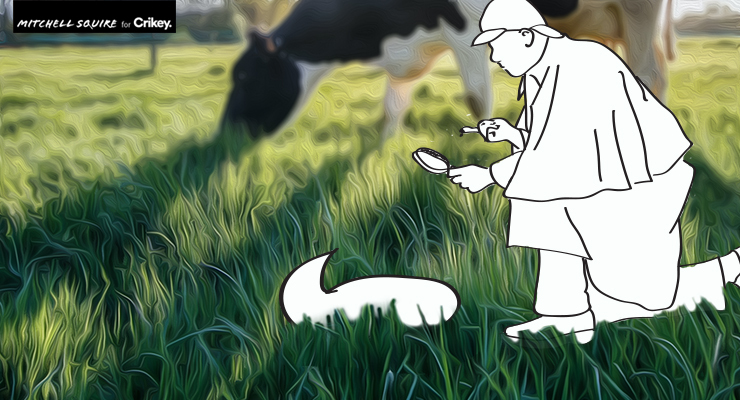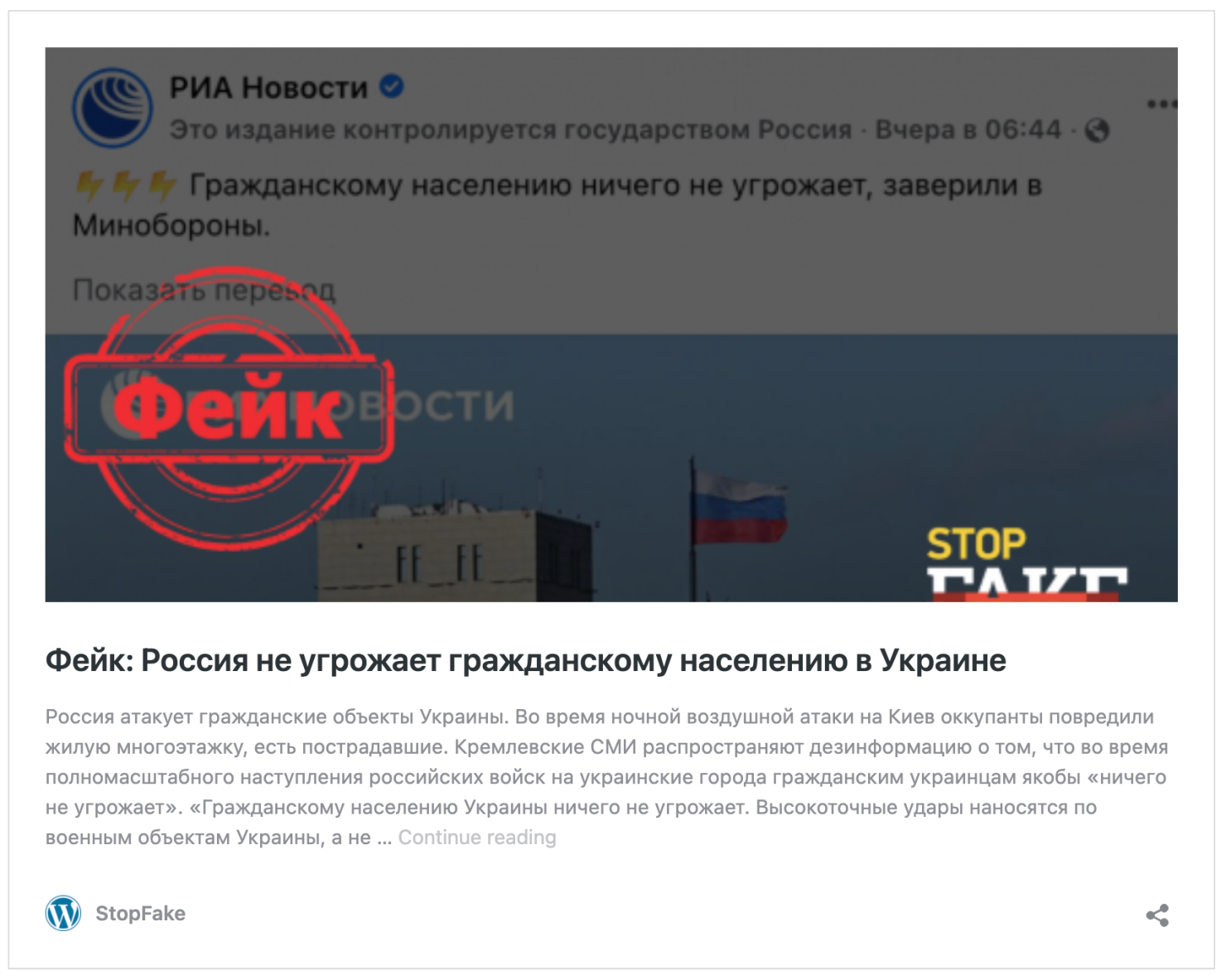
In the age of the internet, no one knows what to believe any more. And this is no more true than during a conflict, when chaos and instability on the ground makes it very difficult to grasp what is going on.
Enter fact-checking, a growing brand of journalism that came with the internet and involves authoritative news sources affirming or denying the authenticity of everything — from politicians and other news media to viral videos and conspiracy theories.
Here are six of the most common fact-check scenarios circulating during the Ukraine-Russia conflict.
1. Breaking news fact-check
As a big story breaks and information is scarce, it’s easy for misinformation to spread before trustworthy media sources have covered it. So when the news of Russia invading Ukraine broke, old images, videos from past conflicts and air shows were shared as if they were the unfolding invasion.
One such example was watched more than 200,000 times on Twitter before being fact-checked by Esther Chan of First Draft. It’s actually footage from a 2020 air show.
2. State media fact-check
One of the most difficult but crucial tasks of fact-checkers is to monitor politicians’ and leaders’ statements. In this conflict that’s mostly included pointing out false statements by Russian President Vladimir Putin and the Kremlin.
A Ukrainian website called stopfake.org has been tracking the inaccuracies, including the post below where Russian media claimed “the civilian population of Ukraine is not in danger”.
To factcheck this, stopfake.org published evidence that civilians had been killed, injured and displaced by Russian strikes.

3. Out of context fact-check
In some of the more kooky examples of misinformation, a photo or past social media post is taken out of context to provide new meaning.
Earlier this week someone purportedly posting from Ukraine shared a photo of Japan’s ambassador to Ukraine wearing traditional samurai armour, sword and all. The post claimed the ambassador was staying in Ukraine to fight alongside the Ukrainians. It was, in fact, Ukraine’s ambassador to Japan, Sergiy Korsunsky, and the images were taken before the invasion. The AFP’s fact-check was included in Twitter’s “what’s happening” updates as a part of its attempts to curb the spread of misinformation.
4. Emotional fact-check
In an attempt to go viral by pulling on heartstrings, it’s not uncommon to see emotional reunions and tearful farewells taken out of context. According to Lead Stories, a fact-checking site, Facebook posts have used old images of American soldiers with loved ones at the airport and suggested they depict the military leaving to join the war in Ukraine. This is untrue because the US has not committed any personnel to the conflict.
Similarly USA Today fact-checked an image of an injured child which received thousands of likes on Twitter but was actually from Syria in 2018.
5. Conspiracy fact-check
Conflict creates a breeding ground for conspiracy theories, and a popular one has already reared its head. Russia has previously falsely claimed that the US is using bioweapons, and in the weeks before the invasion, Russia’s state-run media repeated the claims and alleged there was a network of such labs along the Ukrainian border with Russia. This conspiracy was then shared on Twitter in a series of posts that have since been taken down. Politifact explained the false claims here.
6. Not even real fact-check
It’s also not uncommon to see video game footage being circulated as real-life conflict footage. In the example below, a Facebook livestream with the caption “OMG Russia just attacked Ukraine. Look at this footage” showed hours of a video game simulation. Facebook first pinged the video as fake and verified it as false by fact-checking partner Politifact.








When you know someone who lives in Kiev and phone them up and they say it’s all BS then one would conclude it’s all BS.
I don’t know anyone in Kiev, so what do I do?
Just ignore it until it concerns you.
Have you?
Fact-checking is so important in today’s age.
Can we get “The West has built bio-weapons facilities in Ukraine – Putin is a hero for liberating the Ukraine” dismantled while we’re at it?? Where would one start…?
However, we must be vigilant re: fact-checking. Facebook recently tagged a peer-reviewed article in the British Medical Journal as suspect, claiming it lacked context and could mislead people!! If it wasn’t so serious, it’d be hilarious
https://www.bmj.com/content/376/bmj.o95
Missed one of the most significant image/vid checkers which is UK’s BellingCat which uses open source teams of volunteers to analyse imagery used in media agitprop. The issue is, once the lie is publicised and transmitted, it’s difficult to wind back perceptions…..
Highly suspect cut out for western security services. Who checks the fact checkers. Facebook facts checked by the people who sell weapons, the Atlantic council.